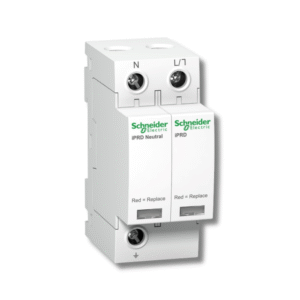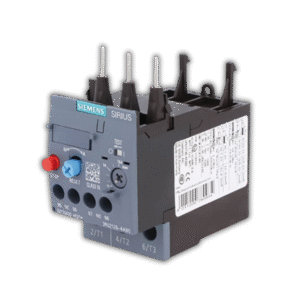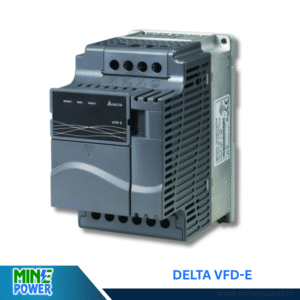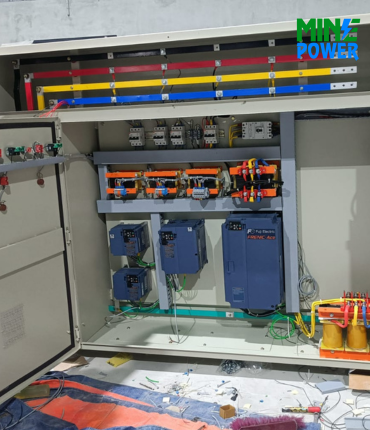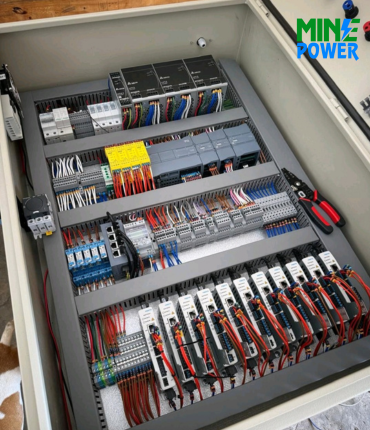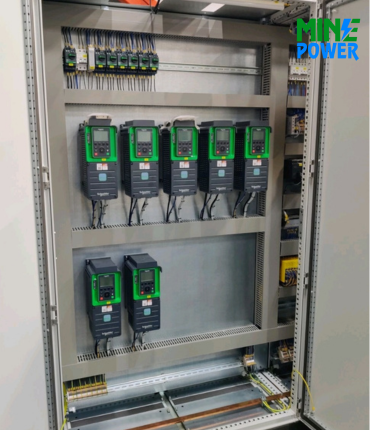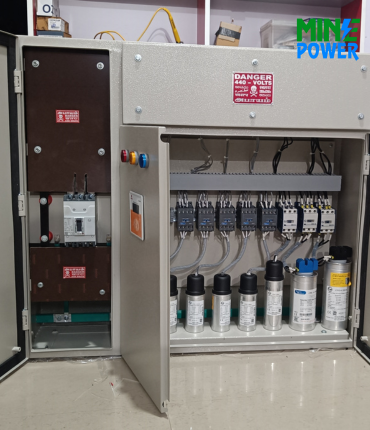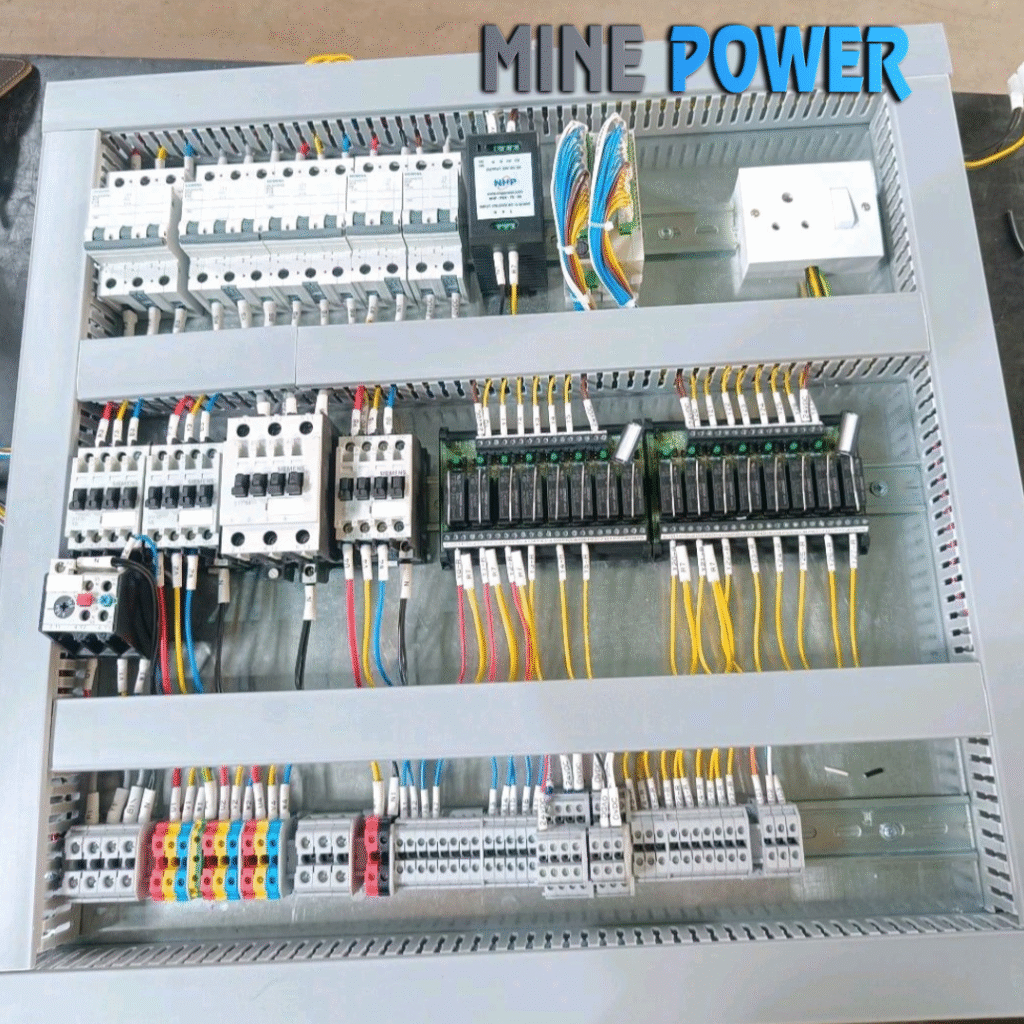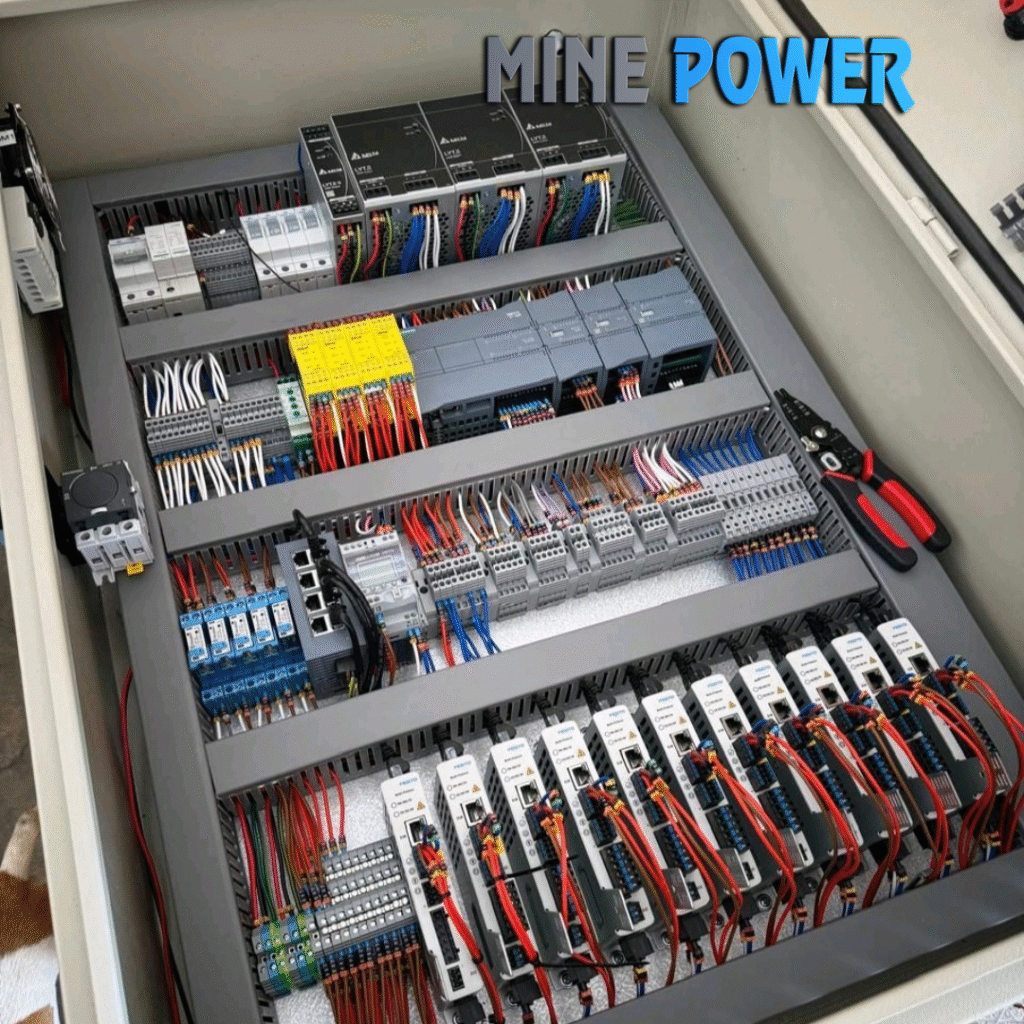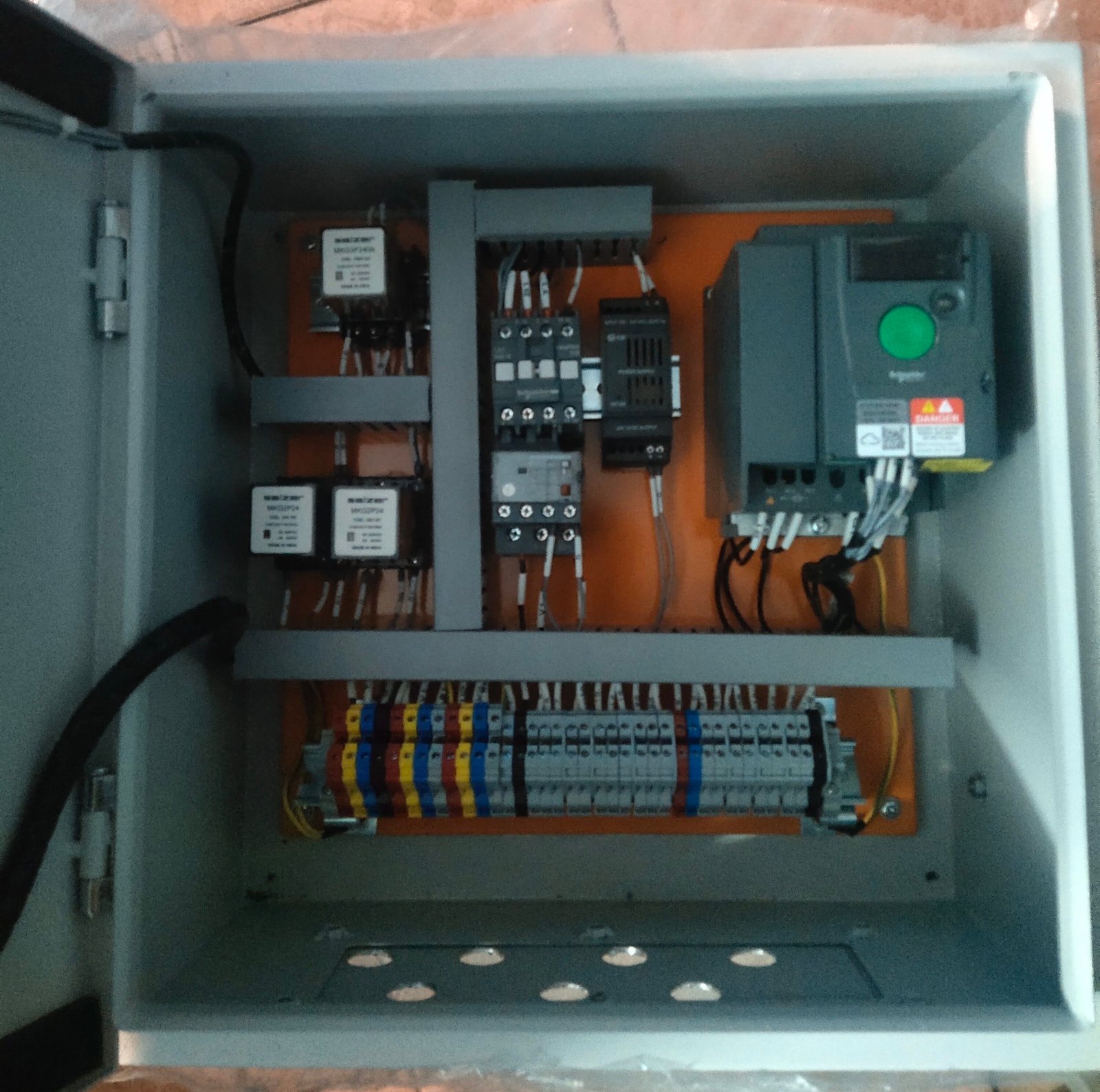Schneider MPCBs (Motor Protection Circuit Breakers) provide reliable protection for motors against overloads, short circuits, and phase failures. Compact, durable, and easy to install, they ensure safe and efficient motor operation across industrial, commercial, and infrastructure applications.
Description
Schneider MPCBs (Motor Protection Circuit Breakers) are compact and efficient devices designed to provide comprehensive protection for motors against overloads, short circuits, phase failures, and under-voltage conditions. As part of Schneider’s world-class motor control and protection portfolio, these MPCBs ensure reliable performance, operational safety, and extended motor life. Widely used in industrial and commercial motor control applications, Schneider MPCBs combine advanced technology with easy installation and maintenance.
Specifications (general – may vary by model, e.g., TeSys GV2, GV3)
-
Brand: Schneider Electric
-
Product Type: Motor Protection Circuit Breaker (MPCB)
-
Rated Current (In): 0.1A to 100A (model dependent)
-
Rated Voltage (Ue): Up to 690V AC
-
Breaking Capacity: Up to 100 kA (depending on model)
-
Trip Unit: Thermal-magnetic protection
-
Protection Functions: Overload, short circuit, phase loss, under-voltage
-
Number of Poles: 3P
-
Frequency: 50/60 Hz
-
Standards Compliance: IEC 60947-2, IEC 60947-4-1
-
Mounting: DIN rail or panel mounting
Features
-
Compact, space-saving design
-
Adjustable thermal overload settings for motor protection
-
Built-in short-circuit protection
-
Phase-loss sensitivity for enhanced safety
-
Easy ON/OFF manual operation with reset function
-
Compatible with Schneider contactors and accessories
-
Long service life with robust construction
Applications
-
Motor control and protection in industrial plants
-
HVAC systems (pumps, compressors, fans)
-
Manufacturing and process industries
-
Conveyors, cranes, and lifts
-
Agricultural and water pumping systems
-
Commercial buildings and facilities
Advantages
-
Comprehensive motor protection in a single device
-
Quick and easy installation
-
High breaking capacity for reliable performance
-
Reduces motor downtime and maintenance costs
-
Wide compatibility with Schneider motor control systems
-
Global availability and strong after-sales support
Disadvantages
-
Higher cost compared to basic overload relays
-
Limited to motor protection applications only
-
Requires proper coordination with contactors for advanced control functions




